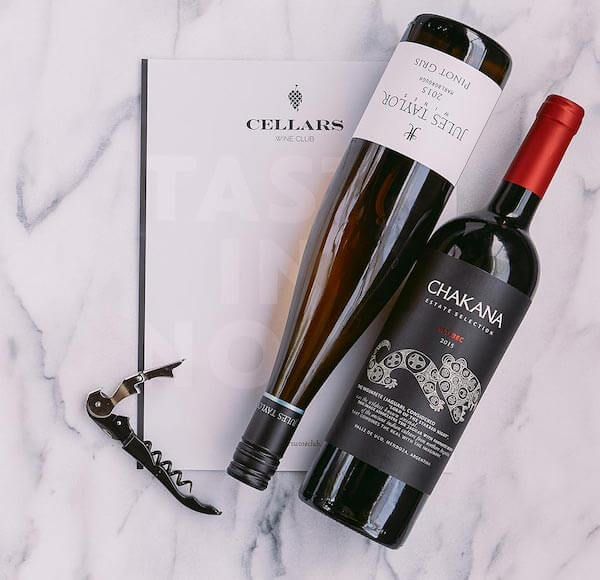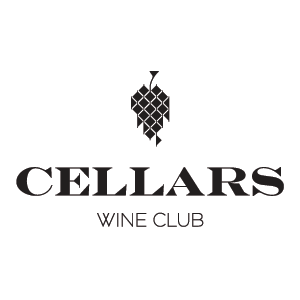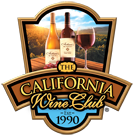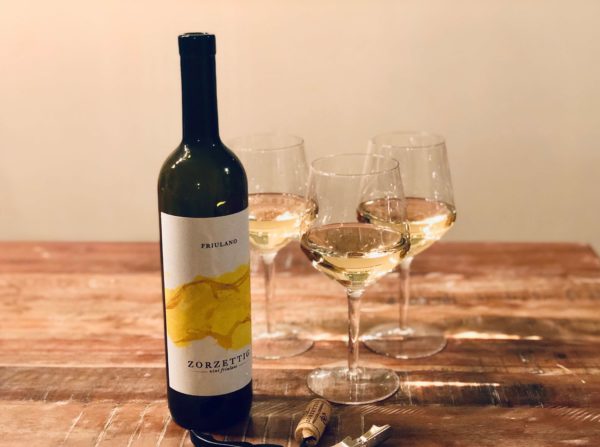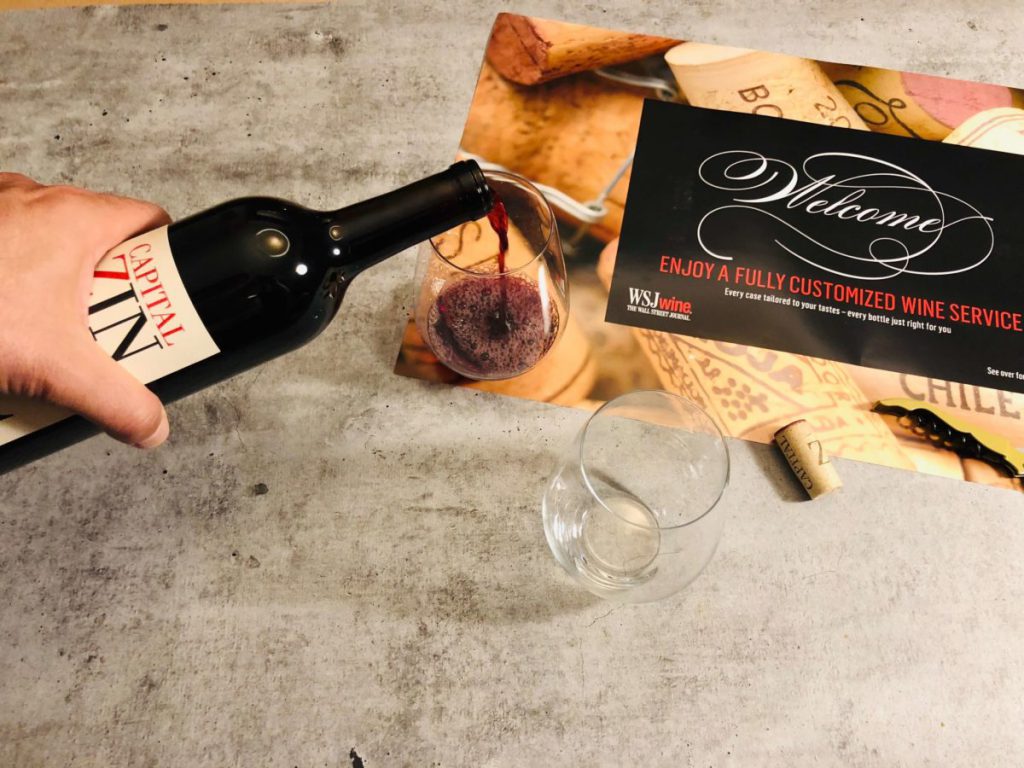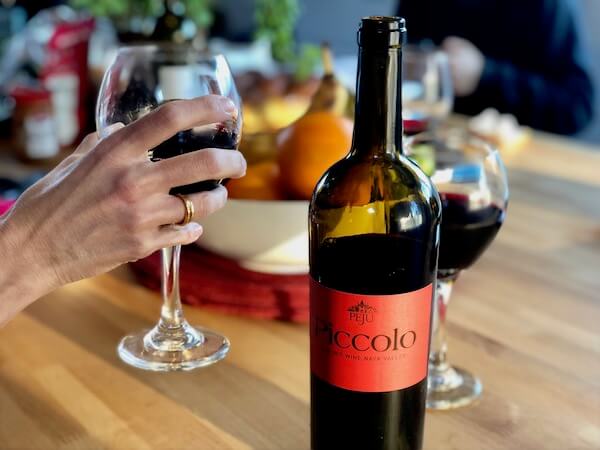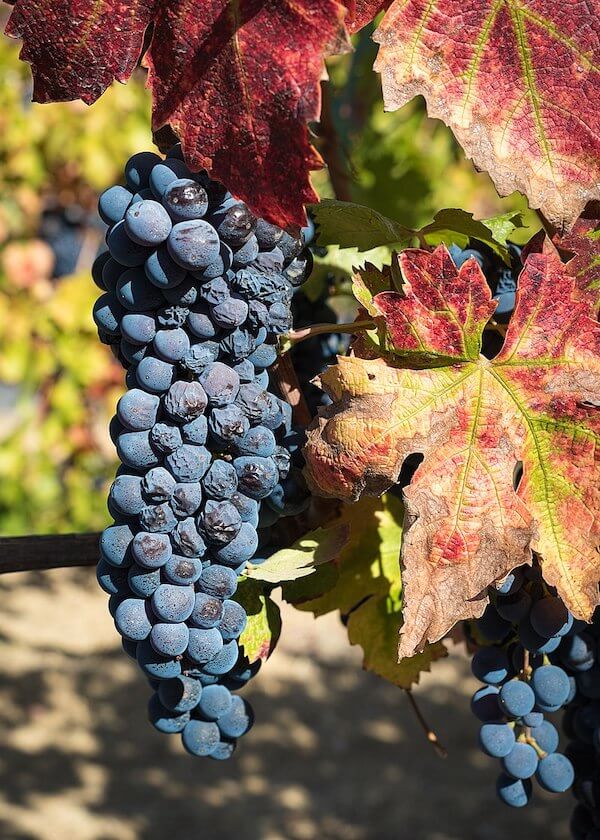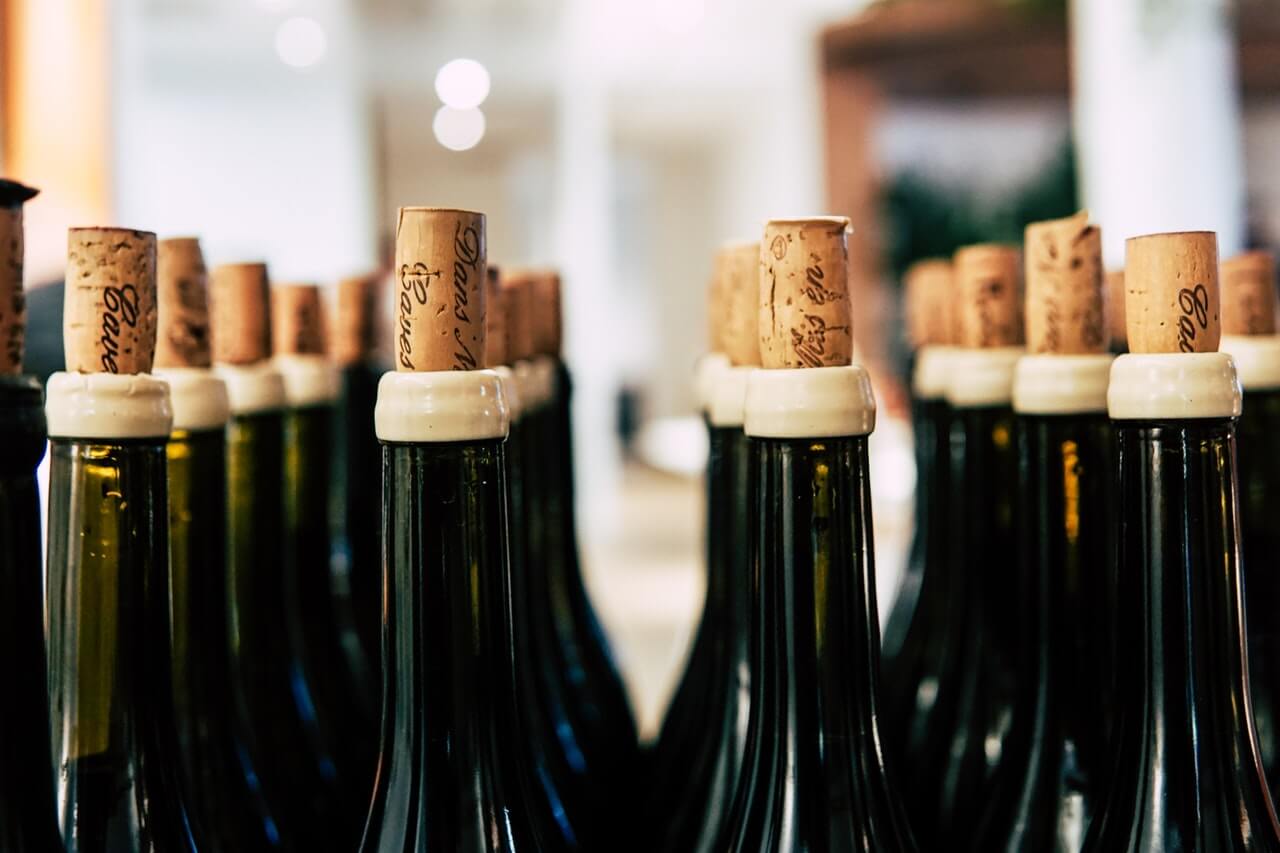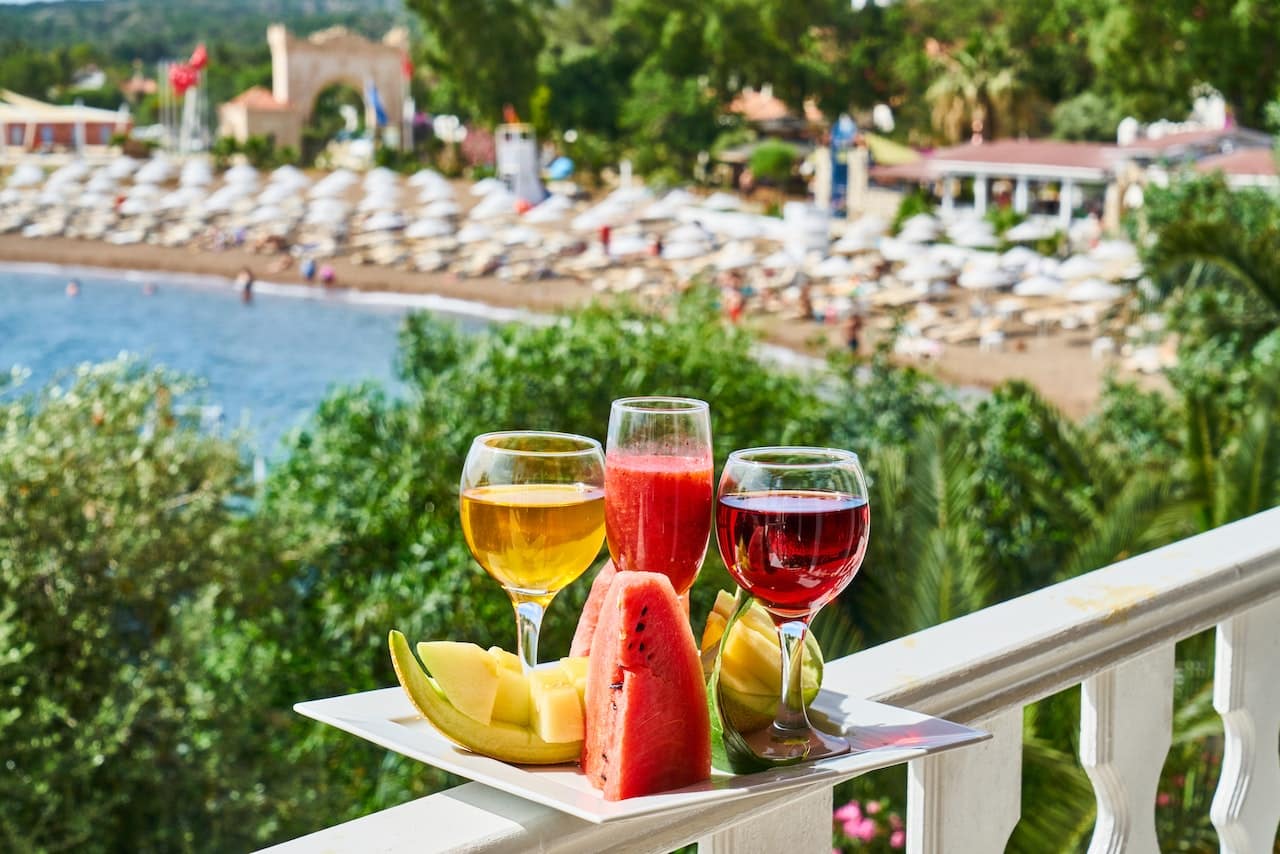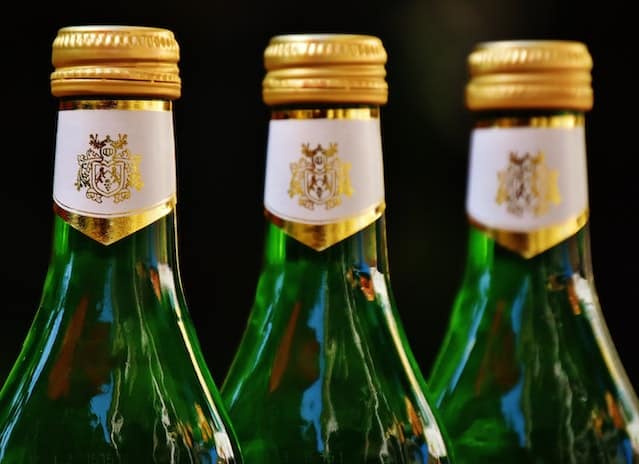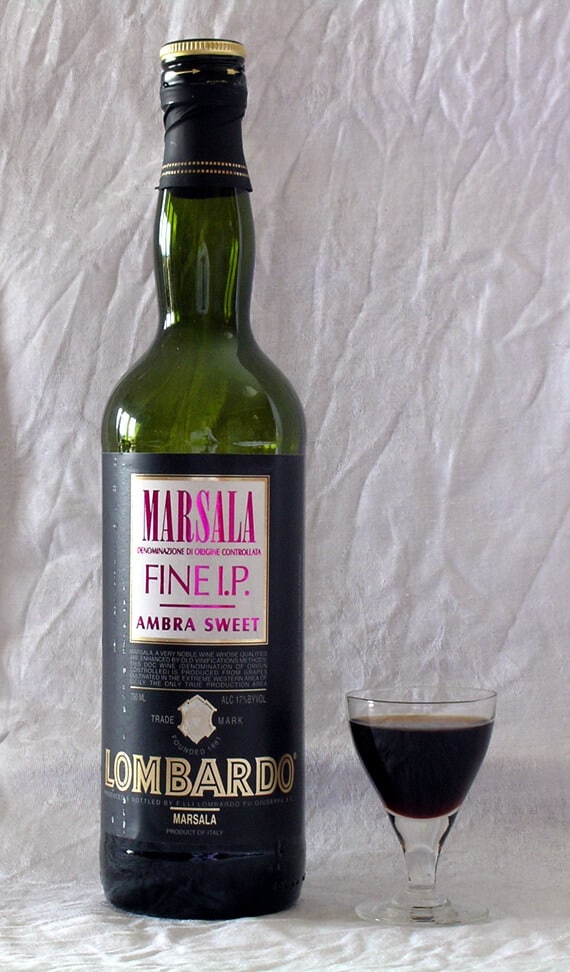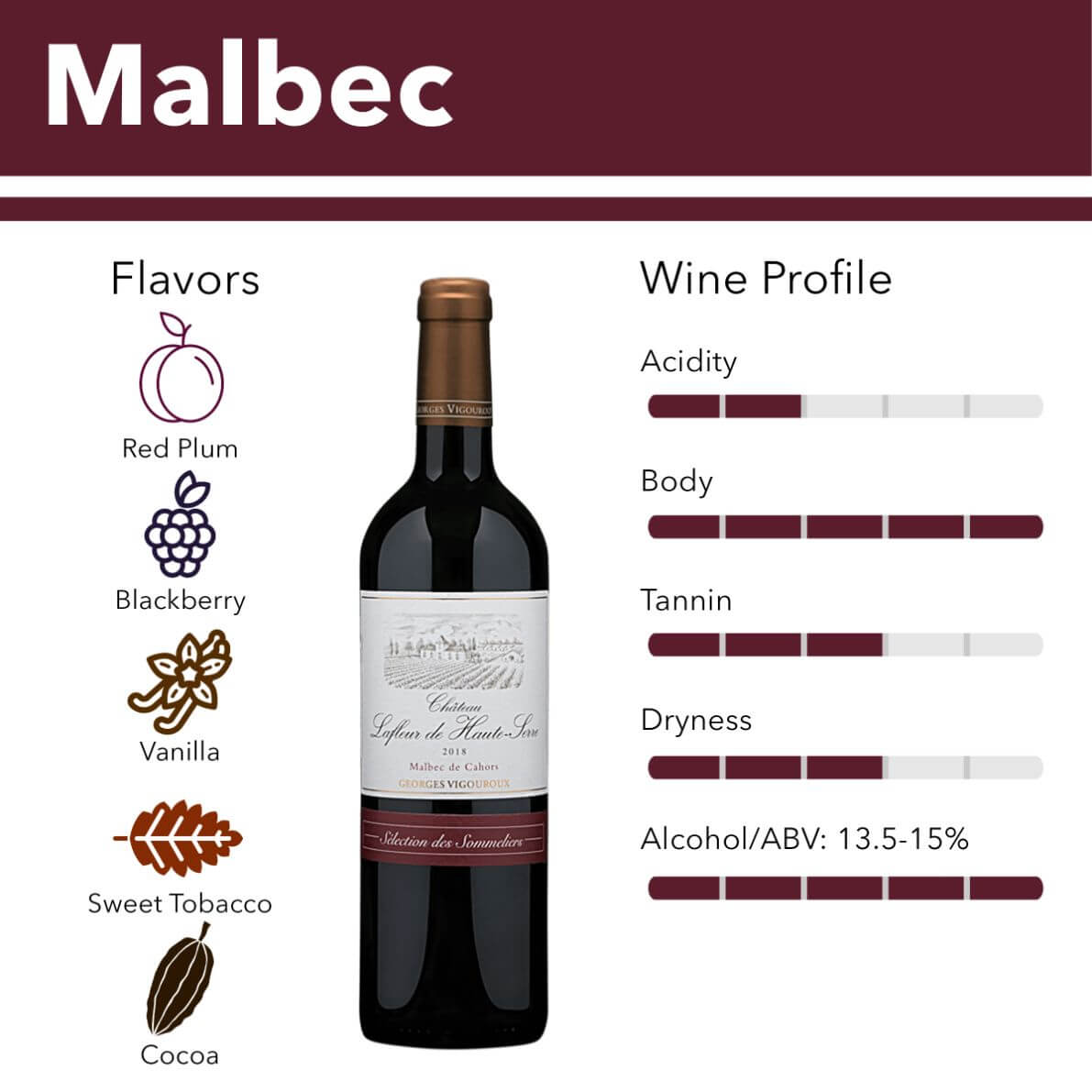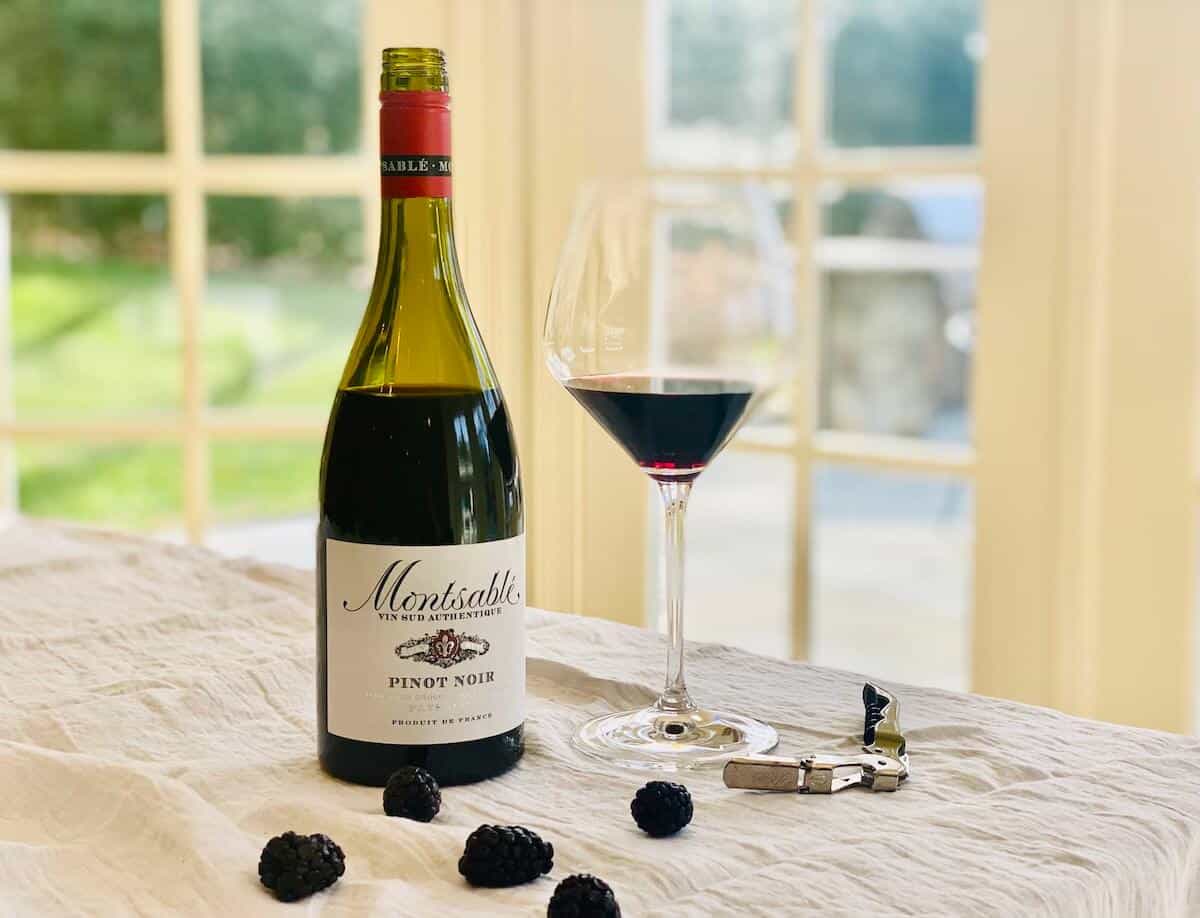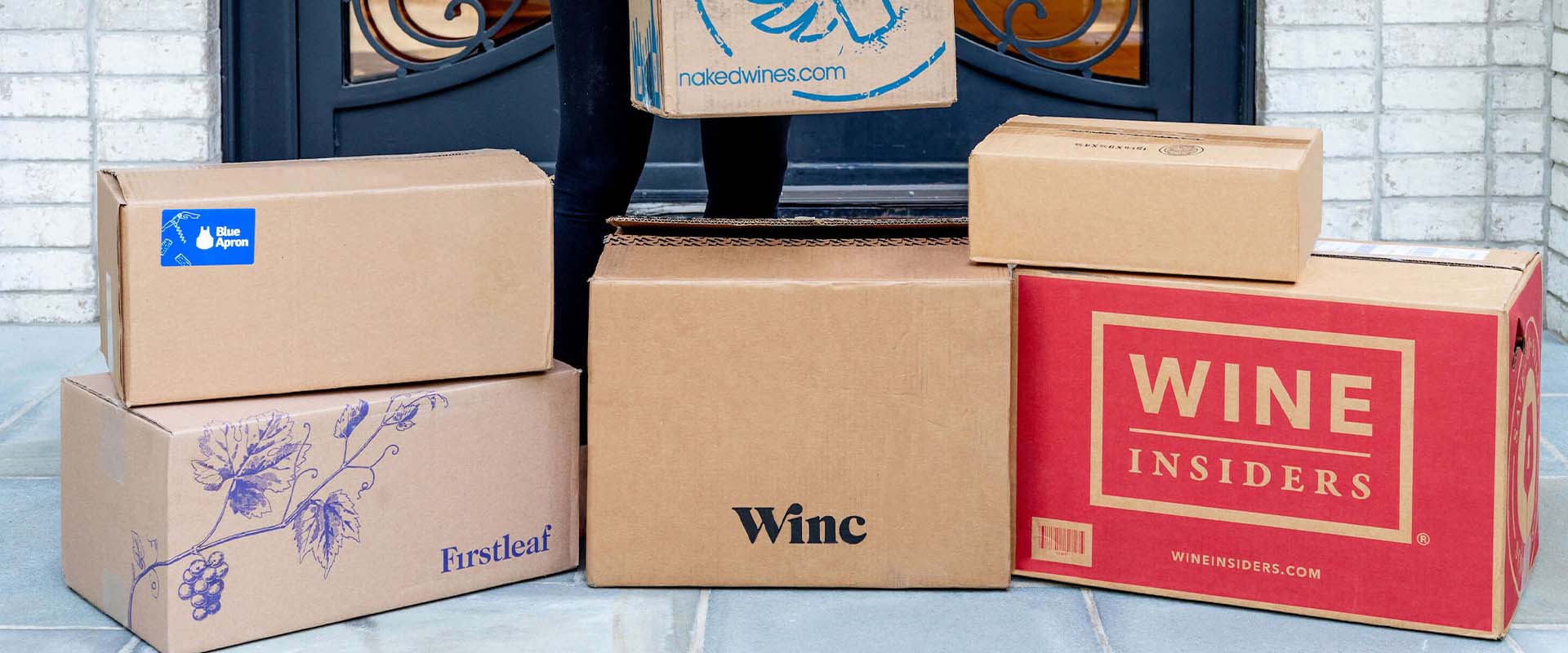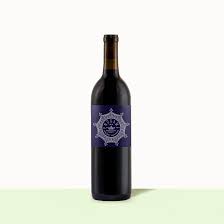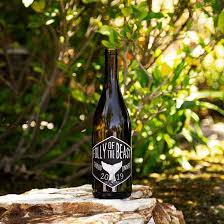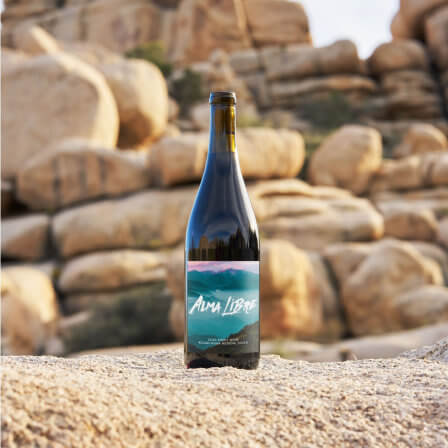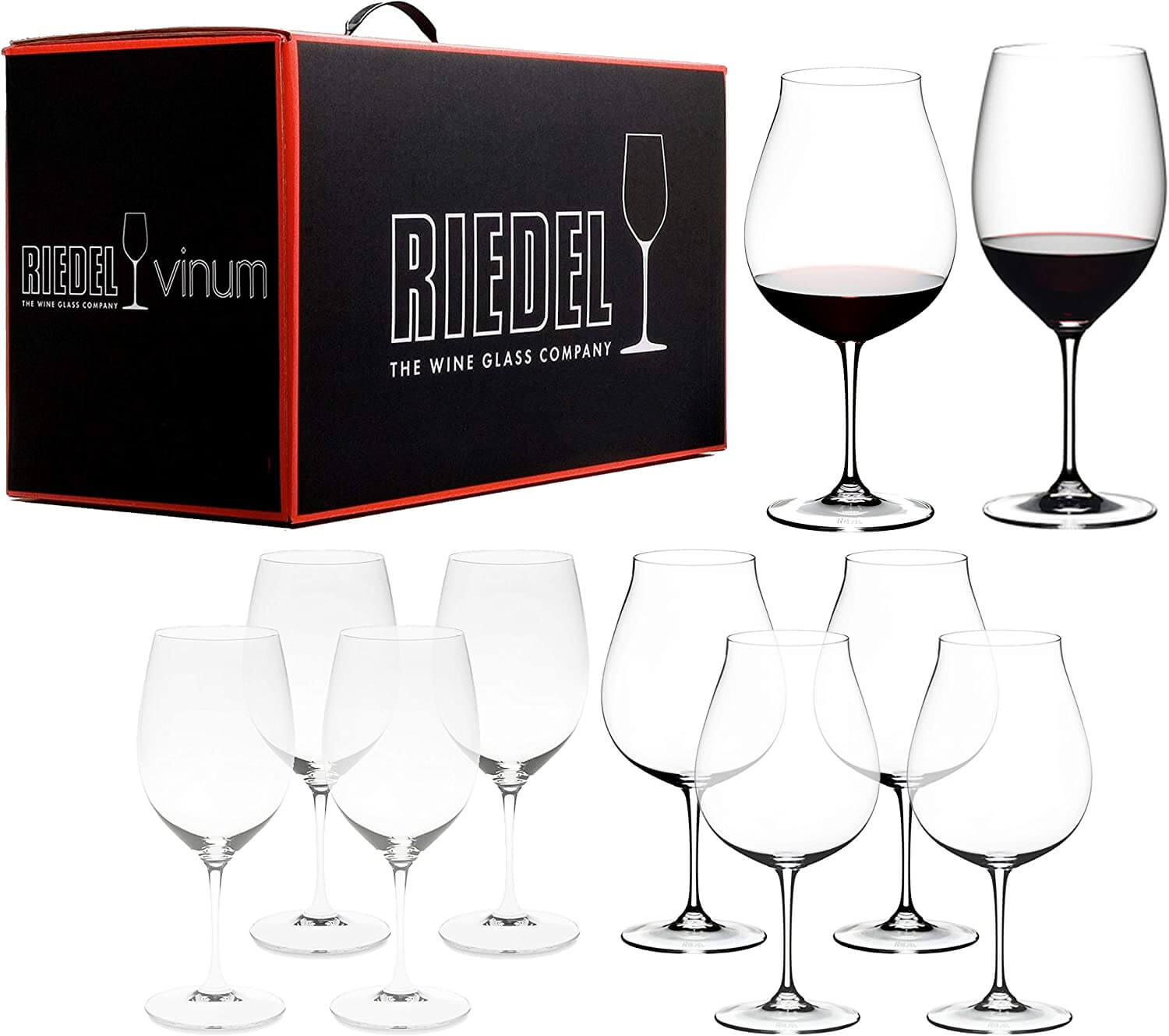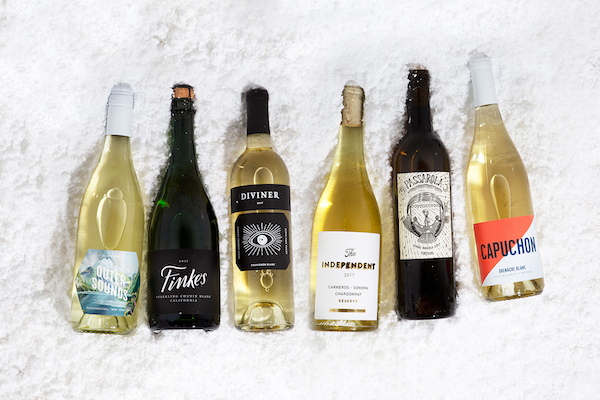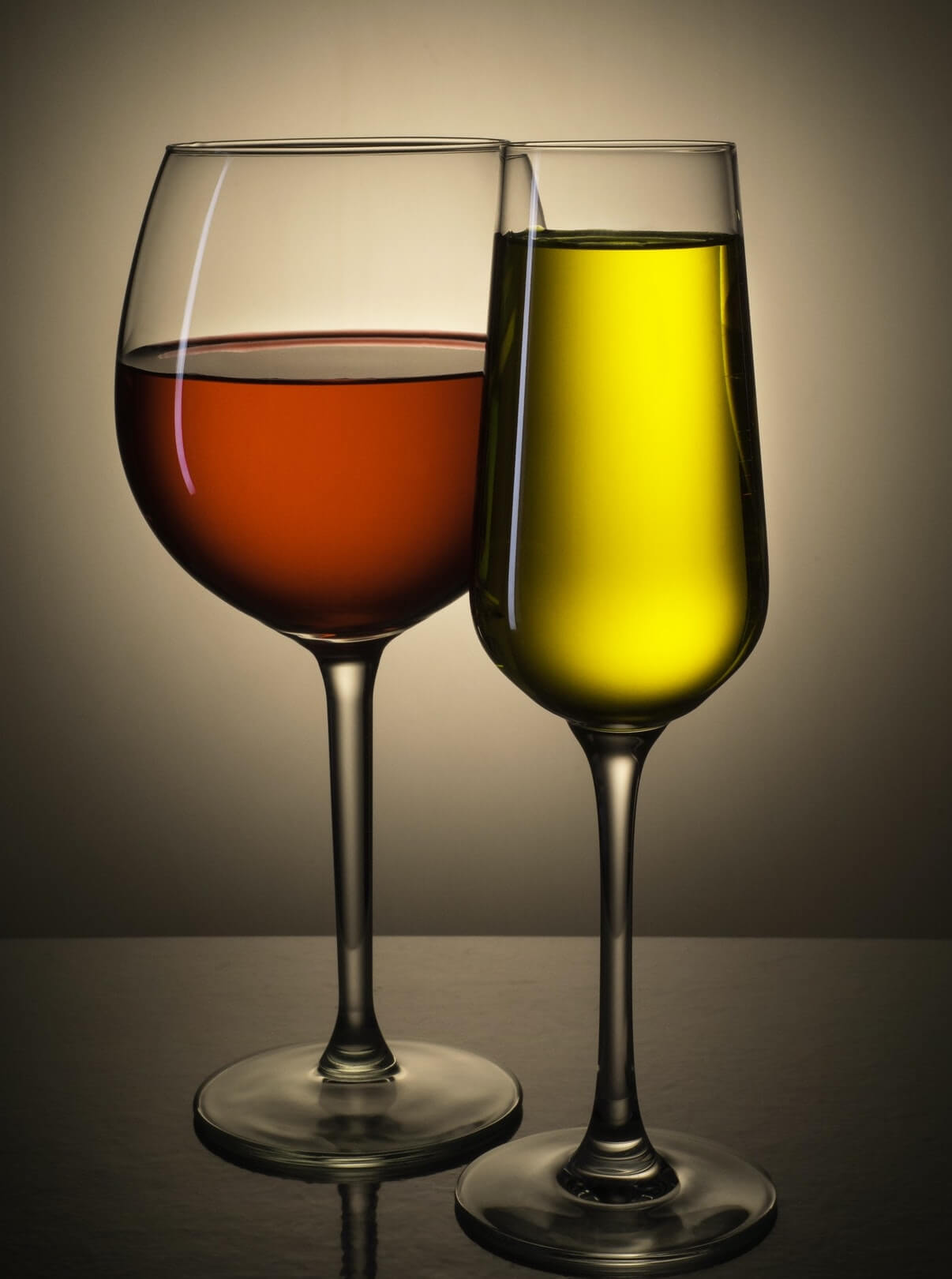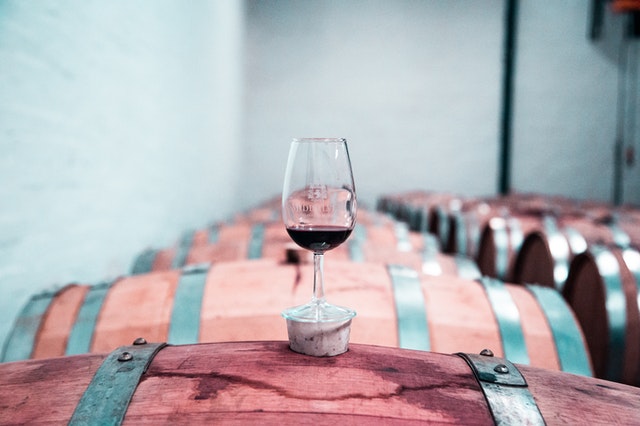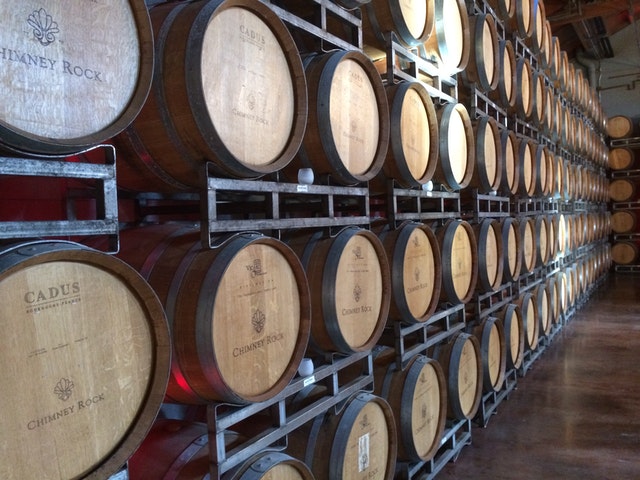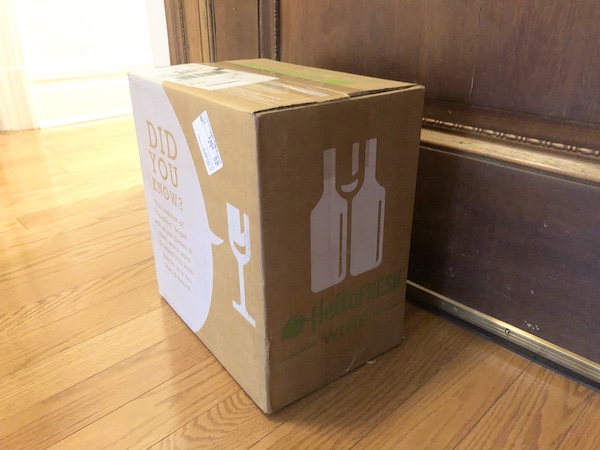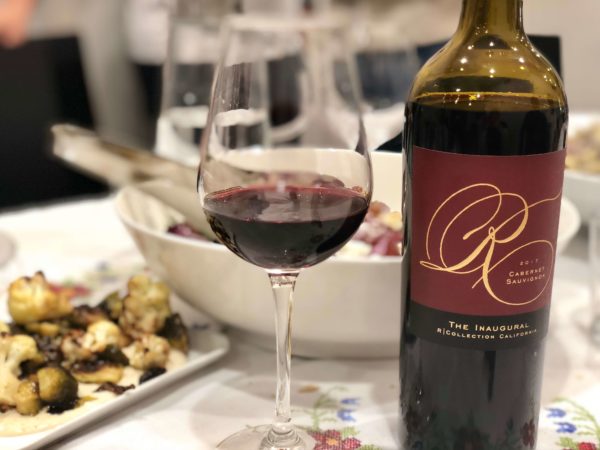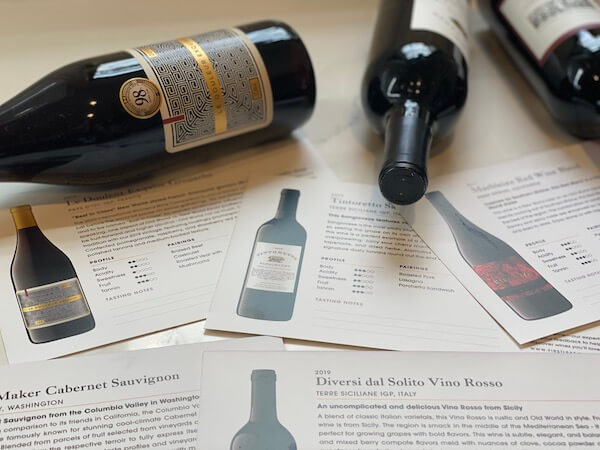The Health Benefits Of Natural Wines
If you’re a health nut, organic food enthusiast, or drink wine frequently with your dinner, you may have searched “natural wine” before – and been confused at the many definitions. It’s a pretty highly-debated topic in the wine industry!
The concept of natural wine gets a lot of Google searches, and here’s what we learned when we checked out a few: Many wine enthusiasts think that all wine is natural since it’s just made from fruit, but the truth is, a fully-natural wine is one that has no ingredients added or removed during the winemaking process.
Therefore, most wine that you see in the aisles at the grocery store is not considered natural wine!
What’s The Difference Between Conventional Wine And Natural Wine?
Conventional wine and natural wine have several key differences: Conventional wine has added sulfites, chemicals, flavors, and sugars. Many natural wine bottles are minimally processed, and they don’t contain any additional ingredients.
Most people are accustomed to drinking conventional wine – natural and organic wines may only be found at organic grocery stores, specialty stores, and through wine clubs online.
“Natural wine” isn’t just a marketing phrase – there are some seriously excellent health benefits associated with natural and organic wine!
Few of the Most Noteworthy Health Benefits of Wine – If It’s Natural.
Natural Wine is Low in sulfites.
Sulfites or Sulphur dioxide is commonly added to conventional wine as a preservative agent, but about 3-10% of people have an adverse reaction to sulfites.
This can include headaches, hangover symptoms, dizziness, nausea, and flushing – and some believe that drinking wine with sulfites, even if you aren’t allergic to them, can lead to a worse hangover in the morning! Probably best to avoid them if possible.
Why Does wine contain sulfites?
All wine sold in the U.S. is required to have some sulfites added to kill unwanted yeast and bacteria in the winemaking process. Still, natural wine bottles have significantly less than the conventional version. Natural winemaking includes some sulfites, but a fraction of the amount that is in conventional wine.
A low-sulfite wine might contain less than 20 mg/L of sulfites, whereas a typical white wine has about 100mg/L. Wine with fewer sulfites is just one of the many health benefits of natural wine.
Natural Wine is Probably Organic, Too.
Our definition of natural wine is made with as little intervention as possible – without pesticides or additives. Natural winemakers process the wine as minimally as possible, according to the natural wine movement, which focuses on keeping wine as pure as possible.
Many wines created in a process like this can also be certified organic, which means the product will be free of traces of pesticides, herbicides, and toxic additives.
Conventional grapes are grown with pesticides, herbicides, and other agricultural chemicals, and small amounts of those chemicals and up in your wine glass.
Pesticides have been linked to severe health problems in humans, so it’s no wonder you’d want to avoid them at all costs.
Not all natural wines are organic – “organic and biodynamic wines” are made with grapes grown on an organic farm.
There is a pretty significant overlap, though, and your best bet for enjoying a healthier glass of wine is by selecting one that is both natural and organic. If you drink wine frequently, consider switching to a natural wine to ensure you’re not consuming trace amounts of chemicals and pesticides.
Natural And Organic Wines Are More Sustainable.
Natural and organic wine may also be better for the planet. Since natural wines are, for the most part, made with organic grapes, the farms are more sustainable, and the soil quality is better. Increased soil quality is much better for the planet because conventional farming methods can deplete the soil of valuable microorganisms and minerals, making it harder to grow grapes in the future.
When you buy organic and natural wines, you can feel better about your choice, knowing that you’re contributing to improving sustainability practices.
Fewer Additives, Fewer Problems!
Natural and organic wines have fewer additives like flavoring agents, coloring ingredients, and added sugar, whereas conventional winemakers usually include several additives. Traditional winemaking calls for dozens of additives to the wine, including yeasts, tannins, sugar, acids and de-acidifiers, stabilizers, and more. Chemical additives in conventional wines can cause serious health problems and reactions in certain people.
Some stabilizers, like dimethyl dicarbonate, are actually poisonous for the first few hours they’re added to a substance. They hydrolyze over the next hour or so, but many people have reactions to these ingredients. Most conventional wine contains this additive.
Health-conscious consumers try to avoid artificial chemicals and sugar in their day-to-day life, so why not consider organic wine too?
Winemakers prioritize keeping these hazardous additives out of the wine production process entirely in the natural wine world.
Additives and sugar often cause hangover symptoms for most people, so choosing an additive-free wine can help prevent a headache in the morning.
More Heart-Healthy Antioxidants.
According to a study published in the Journal of Wine Research, organic and natural wines tend to contain more antioxidants, heart-healthy polyphenols, and resveratrol. These powerful antioxidants help prevent cellular aging and support the “longevity gene.”
Polyphenols may help protect the lining of the blood vessels in your heart. They are also found in green tea, pomegranates, dark chocolate, and cherries. Polyphenols can help manage blood pressure levels and reduce inflammation. They’ve also been linked to improved circulation and reduced blood sugar levels. These are significant health benefits of natural and organic wines!
Natural wine health benefits that Can Reduce Risk of Cancer
Resveratrol is also known to protect against cancer and heart disease, and it’s been linked to reducing cellular aging all over the body. It even has some antifungal and antibacterial properties, making it a serious multitasker as an antioxidant – a natural wine health benefit that packs a punch.
Organic red wine and natural wine benefits include very high levels of both polyphenols and resveratrol, which are powerhouse antioxidants. Most people didn’t realize that natural wine could also serve as an antioxidant boost, but wine grapes are a rich source of these powerful health aids.
Where Can You Find Natural Wine?
With all these health benefits, we can’t wait to go out and grab some natural wine!
Finding organic and natural wine can be challenging at grocery stores, most of whom only carry conventional wines.
An online wine club might be your best bet for finding a wide variety and selection of organic, natural wines. The best wine club we can recommend is Winc! This wine club offers many natural, organic, and biodynamic wine options at an affordable price.
Winc offers a personalized experience of four wines per month from California and other famous wine counties. The company is committed to mainly using sustainably farmed grapes and to providing the wines at lower prices than your local wine shop.
You can read our full review of the best organic and natural wine clubs here!
Other fantastic options for finding natural and organic wine include Plonk wine club, specializing in minimal intervention, organic or biodynamic wines.
Last Notes
We hope this article helps you better understand what a bottle of natural wine is and its many benefits.
As you can see, there are many reasons why to start consuming more natural wine over conventional wines. And in our days, you can even find natural wine bottles at a reasonable price.
Please remember that for maximum health benefits, enjoy the wines in moderation. According to the CDC – Centers for Disease Control, that means no more than five ounces of wine for women, or 10 ounces for men, per day.
Want more tips and insights into the wine world? We are obsessed with finding easier and smarter ways to get to know the winemaking world and the fantastic world of wine clubs. Check out our blog and reviews!


